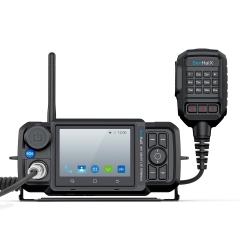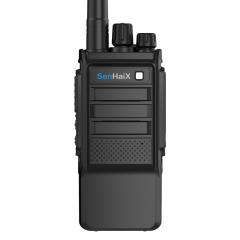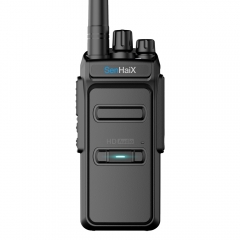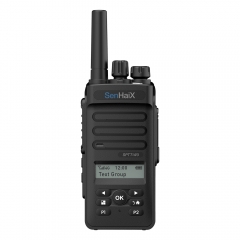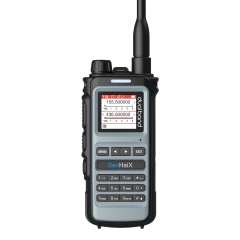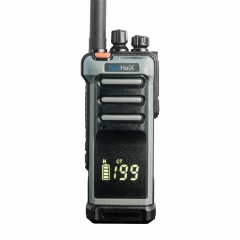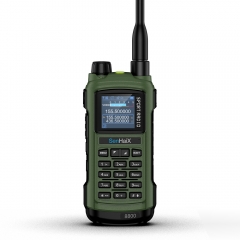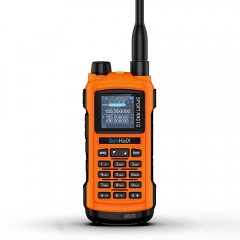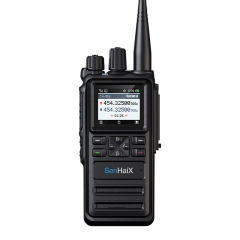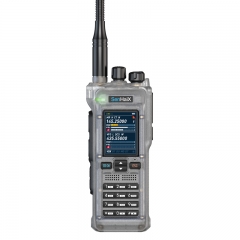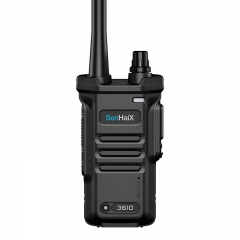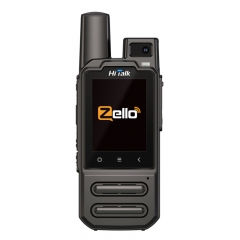Walkie-talkies, also known as two-way radios, are fascinating devices that have revolutionized communication in various fields, from public safety to outdoor adventures. Understanding how they work not only satisfies curiosity but also sheds light on their practical applications.
At their core, walkie-talkies are radio transceivers that allow users to transmit and receive voice signals over short distances. They operate on specific radio frequencies within the electromagnetic spectrum, typically under the umbrella of the Family Radio Service (FRS) or General Mobile Radio Service (GMRS) bands. These frequencies are allocated by regulatory bodies to ensure efficient and interference-free communication.
The functioning of a walkie-talkie can be simplified into three main components: a microphone, a transmitter, and a receiver. When a user speaks into the microphone, the sound waves are converted into electrical signals through a process called modulation. Through modulation, the audio information gets combined with a radio frequency carrier wave.
The transmitter then takes these modulated signals and amplifies them to a sufficient power level for transmission. It converts the electrical signals into radio waves and emits them through an antenna. The antenna radiates the waves into the surrounding space, forming an electromagnetic field that carries the encoded audio information.
On the receiving end, another walkie-talkie or radio device within range picks up these transmitted radio waves through its antenna. The receiver within the device then captures the waves and converts them back into electrical signals. It separates the audio information from the carrier wave through a process called demodulation. The demodulated signals are then amplified and passed through a speaker or an earpiece, allowing the user to hear the received audio.
To maintain clear and uninterrupted communication, walkie-talkies employ a half-duplex communication method. This means that only one party can transmit at a time, while the other party listens. Users typically press a push-to-talk (PTT) button on the two way radio to initiate transmission and release it to switch to the receiving mode. This simple but effective mechanism ensures that conversations are well-coordinated and avoid interference.
The range of a walkie-talkie depends on several factors such as the output power of the transmitter, the sensitivity of the receiver, terrain and obstacles, and the surrounding electromagnetic environment. In open spaces with minimal obstructions, walkie-talkies can achieve ranges of several miles. However, in urban environments or areas with dense foliage, buildings, or electromagnetic interference, the effective range may be significantly reduced.
In conclusion, walkie-talkies function by modulating and transmitting audio signals over specific radio frequencies. They provide a reliable and convenient means of communication, particularly in scenarios where cellular networks may be absent or unreliable. Whether for professional use or recreational activities, walkie-talkies have become an essential tool that fosters effective and immediate communication across short distances.


















